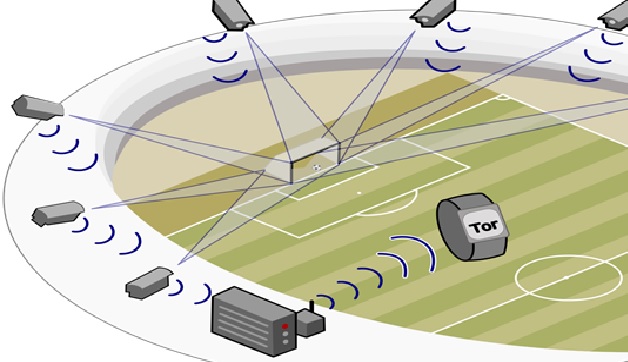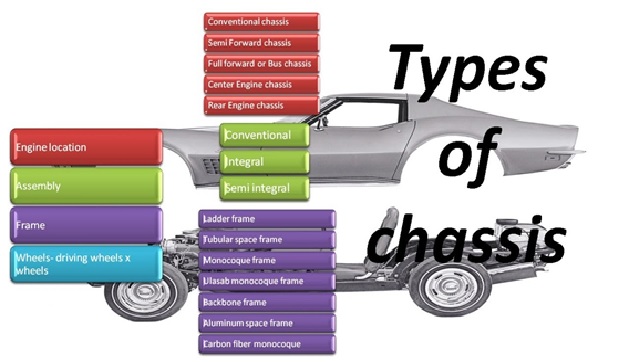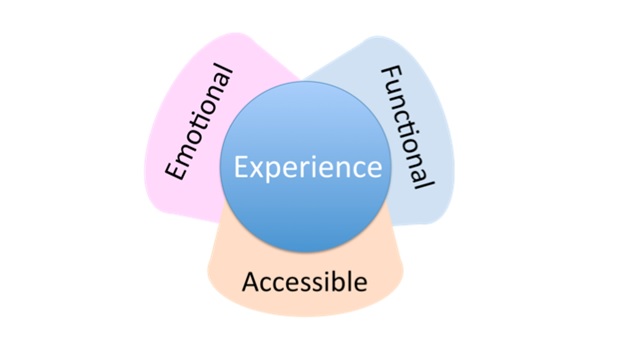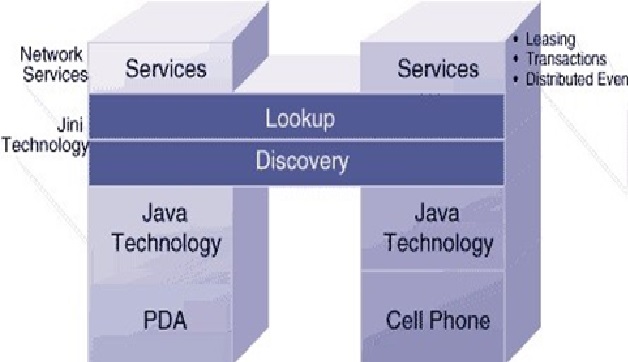Unified Modeling Language (UML)
UML, short for Unified Modeling Language, is a standardized modeling language consisting of an integrated set of diagrams, developed to help system and software developers for specifying, visualizing, constructing, and documenting the artifacts of software systems, as well as for business modeling and other non-software systems. The UML represents a collection of best engineering practices that have proven successful in the modeling of large and complex systems. The UML is a very important part of developing object oriented software and the software development process. [1]
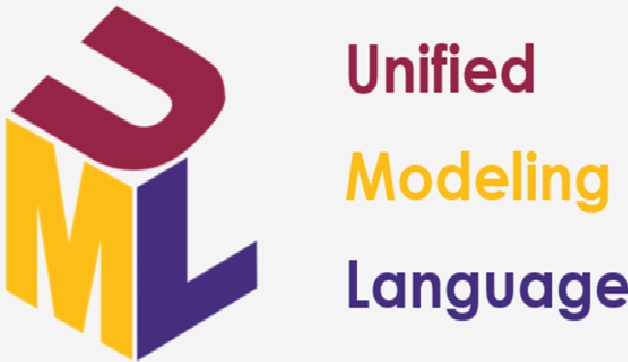
Figure 1. Unified Modeling Language (UML)
Object Oriented Concepts Used in UML
- Class – A class defines the blue print i.e structure and functions of an object.
- Objects – Objects help us to decompose large systems and help us to modularize our system. Modularity helps to divide our system into understandable components so that we can build our system piece by piece. An object is the fundamental unit (building block) of a system which is used to depict an entity.
- Inheritance – Inheritance is a mechanism by which child classes inherit the properties of their parent classes.
- Abstraction – Mechanism by which implementation details are hidden from user.
- Encapsulation – Binding data together and protecting it from the outer world is referred to as encapsulation.
- Polymorphism – Mechanism by which functions or entities are able to exist in different forms.
Types of UML diagrams
UML uses elements and associates them in different ways to form diagrams that represent static, or structural aspects of a system, and behavioral diagrams, which capture the dynamic aspects of a system.
Structural UML diagrams
- Class Diagram The most commonly used UML diagram, and the principal foundation of any object-oriented solution. Classes within a system, attributes and operations and the relationship between each class. Classes are grouped together to create class diagrams when diagramming large systems.
- Component Diagram Displays the structural relationship of software system elements, most often employed when working with complex systems with multiple components. Components communicate using interfaces.
- Composite Structure Diagram Composite structure diagrams are used to show the internal structure of a class.
- Deployment Diagram Illustrates system hardware and its software. Useful when a software solution is deployed across multiple machines with unique configurations.
- Object Diagram Shows the relationship between objects using real world examples and illustrates how a system will look at any given time. Because data is available within objects, they can be used to clarify relationships between objects.[3]
References:
- https://www.visual-paradigm.com/guide/uml-unified-modeling-language/what-is-uml/
- https://www.geeksforgeeks.org/unified-modeling-language-uml-introduction/
- https://www.lucidchart.com/pages/what-is-UML-unified-modeling-language
Cite this article:
Thanusri swetha J (2021) Unified Modeling Language (UML), AnaTechMaz, pp. 55



